Apple's content strategy for Vision Pro is reaching a pivotal moment. What started as a promising but limited library has transformed into something genuinely compelling, and these seven new releases prove that Apple is serious about making spatial computing more than just a tech demo.
Let's break this down. We're looking at sports, travel, music, and nature-themed films that span everything from MotoGP racing to Antarctic expeditions. This is not content for the sake of content, it is a strategic play that could shape the next phase of immersive entertainment. And yes, immersive video is a major selling point of the Vision Pro, because it makes you feel like you're in the middle of the action.
Why this content expansion matters for Vision Pro's future
These releases are more than entertainment, they are laying the foundation for spatial computing to go mainstream. Apple's latest immersive video releases mark a turning point for the platform, with Submerged (2024) becoming the first scripted film captured in Apple Immersive Video. Moving from documentary-style projects to narrative pieces designed for spatial computing is a big shift.
The technical lift is enormous. Consider what it takes to deliver this level of fidelity, capture systems handling massive data, post-production workflows that did not exist a few years ago, and distribution pipelines capable of streaming very high bandwidth content. Apple has effectively built a new media format with its own tools, distribution, and playback standards.
Here is the strategic kicker. Every piece of content created now becomes part of the library that future devices will inherit, making the value proposition more compelling. When Apple eventually ships a lighter, cheaper Vision headset, all of this will be waiting on day one. Today's investment serves early adopters, and it also seeds the catalog that will make future hardware instantly appealing.
Right now, Apple Vision Pro is still the only headset capable of playing Apple Immersive Video. That exclusivity is powerful, but it will not last forever. The long game is about building the ecosystem, forming production partnerships, and proving demand for high fidelity immersive experiences so the software side is ready when the hardware broadens.
What we're seeing is not just a growing library, it is a new medium taking shape. Just as Netflix proved streaming could carry premium originals, Apple is showing that spatial computing can deliver experiences that justify dedicated hardware. These seven new immersive videos are not only entertainment, they are a proof of concept for the future of media consumption, a case for spatial computing as a real platform for storytelling, education, and shared human experience.





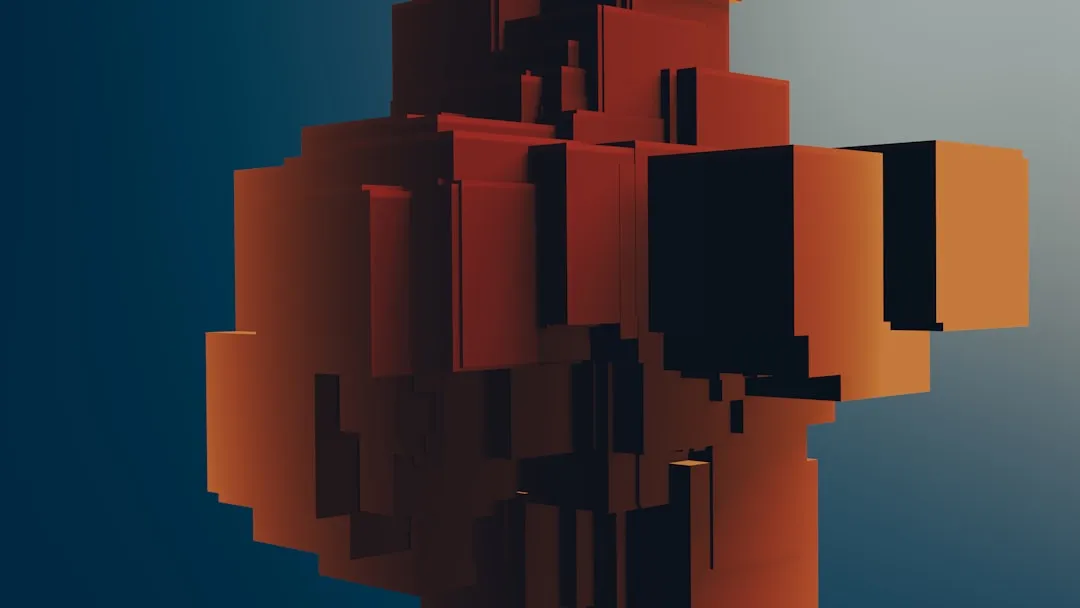

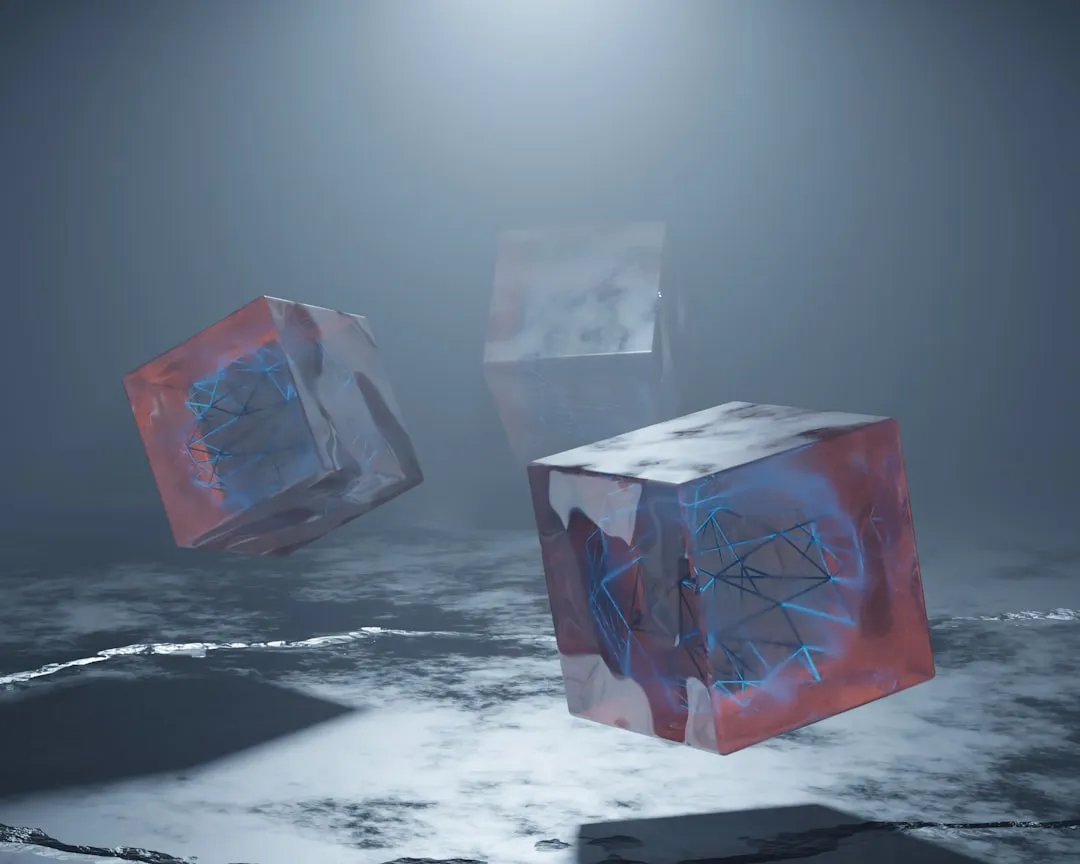





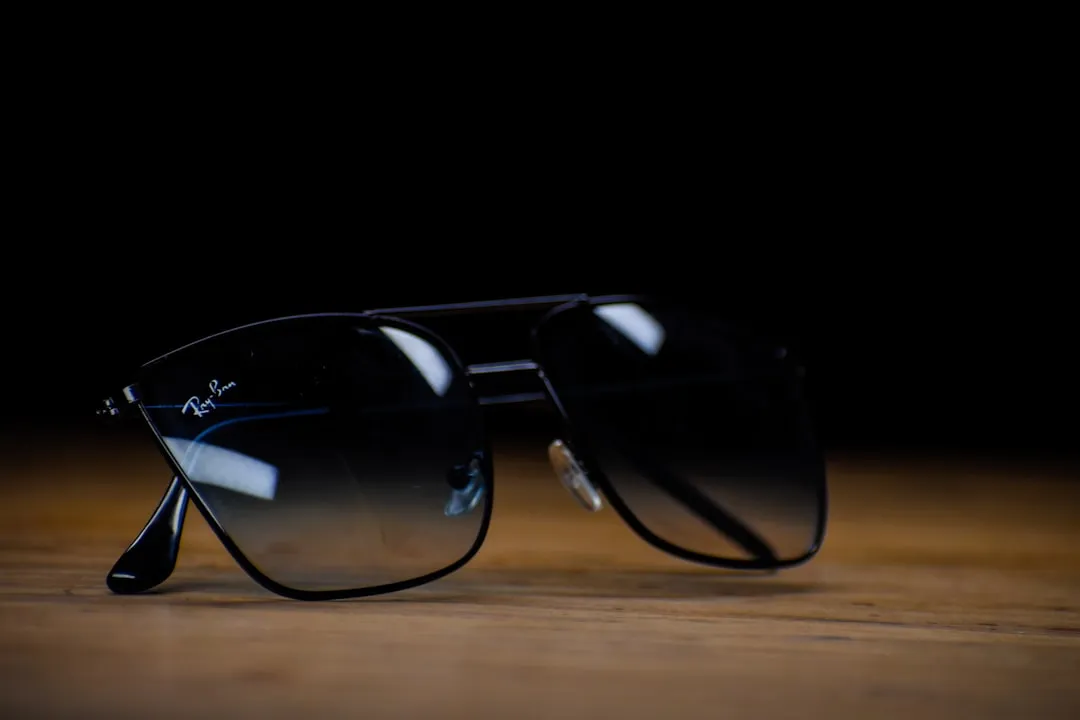
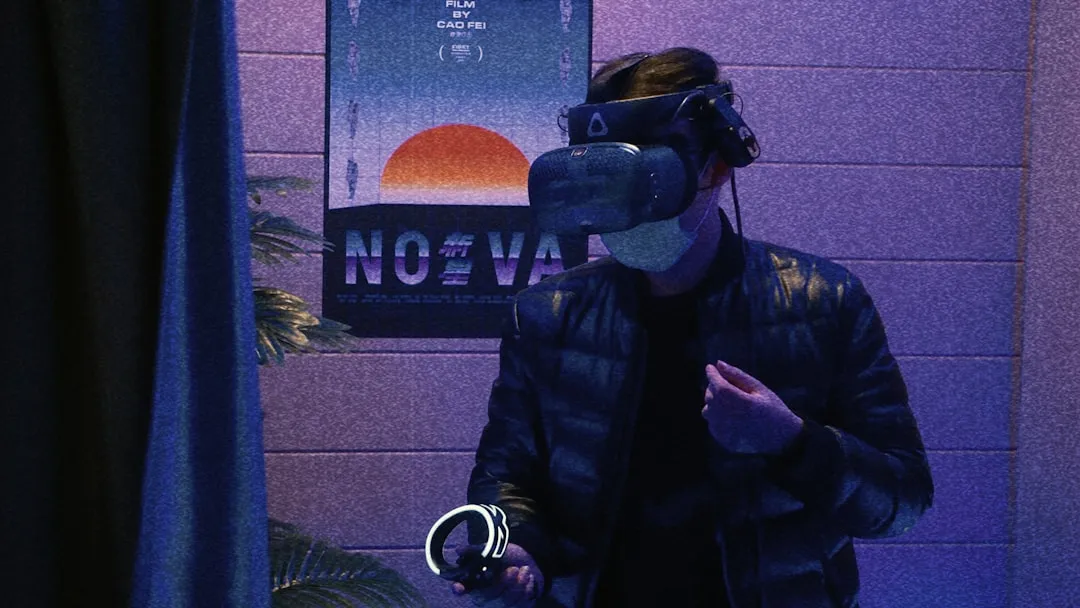
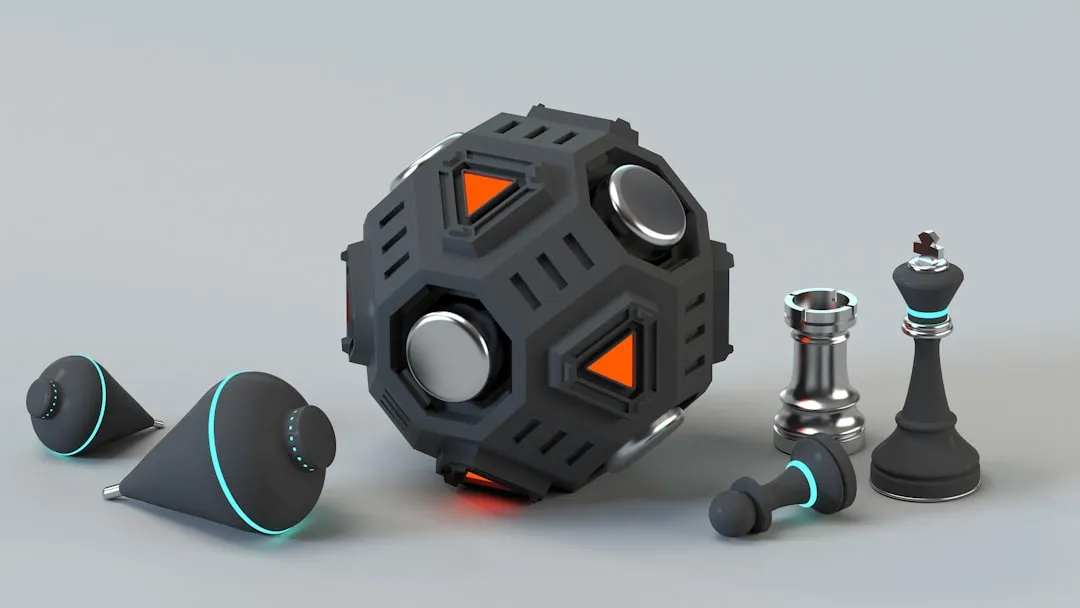
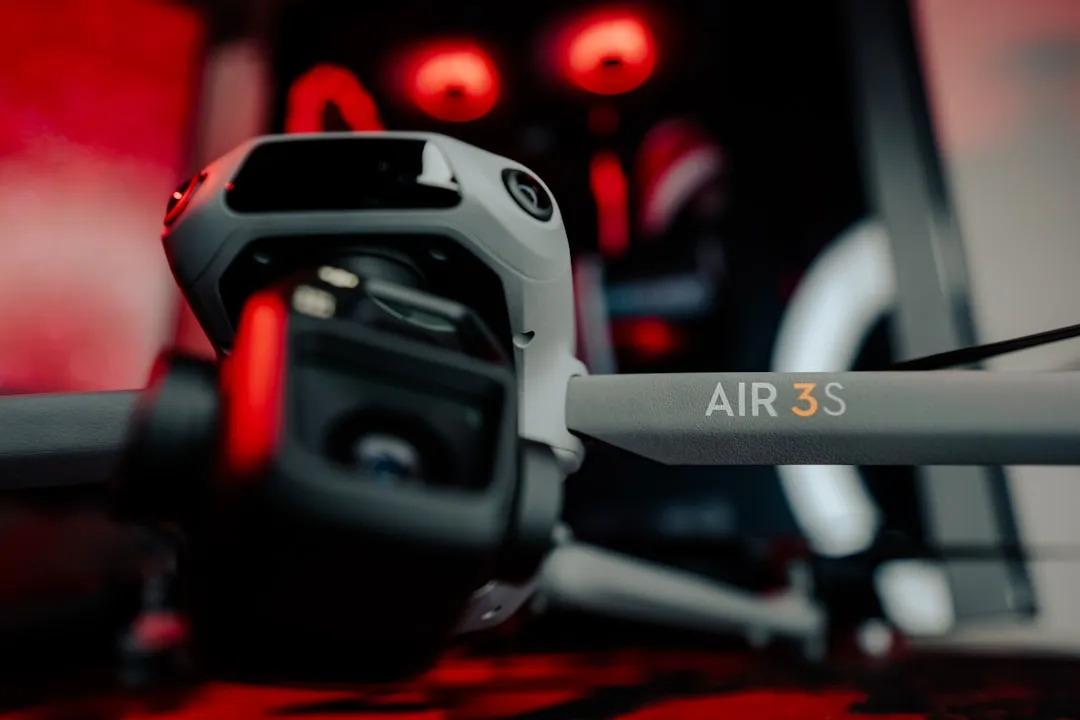

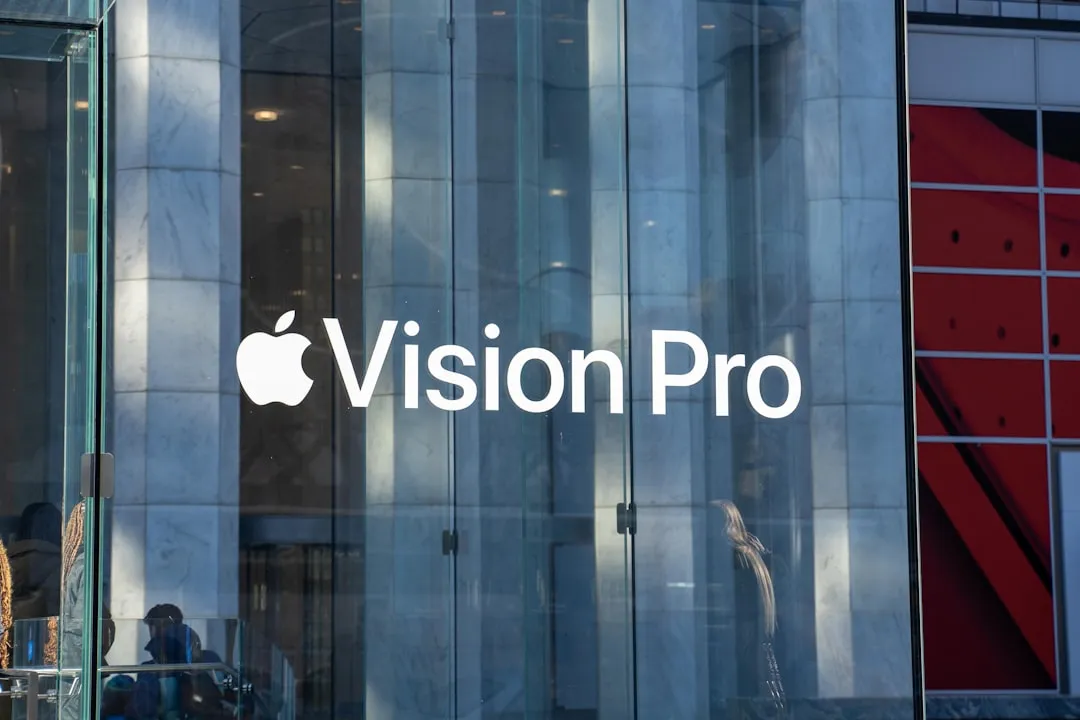

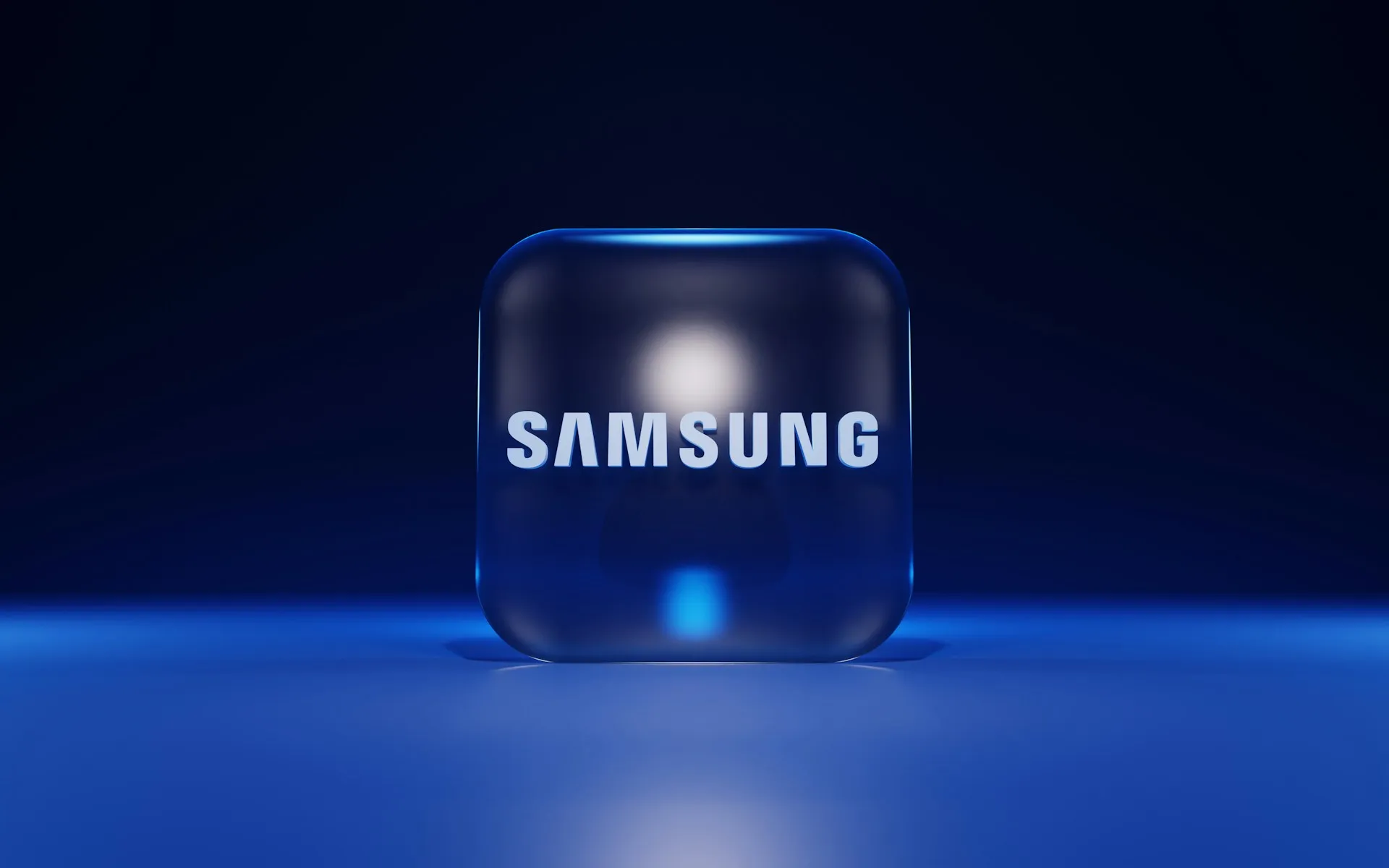

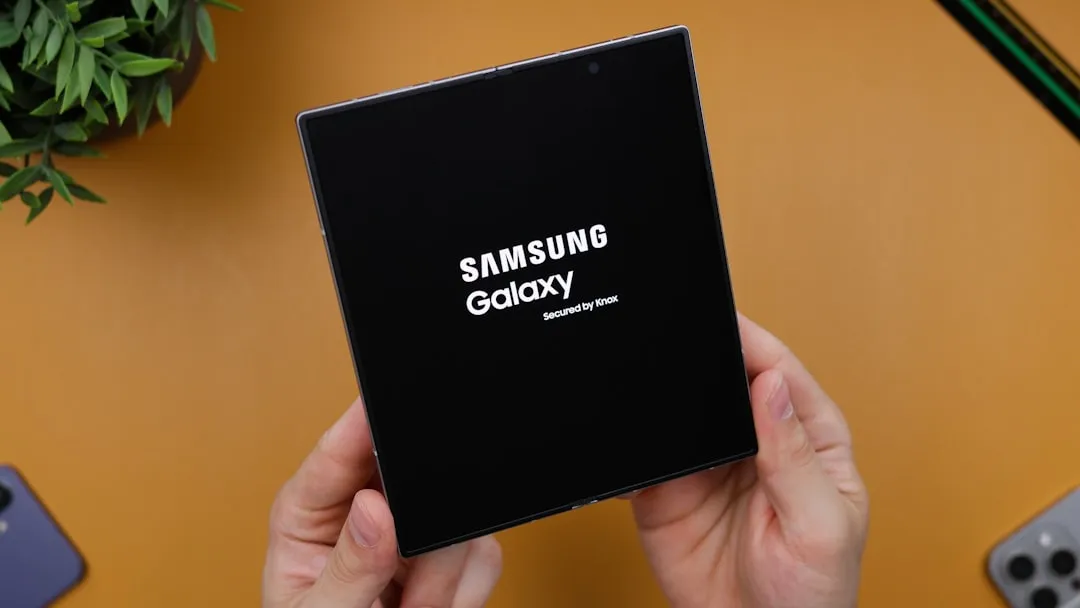

Comments
Be the first, drop a comment!